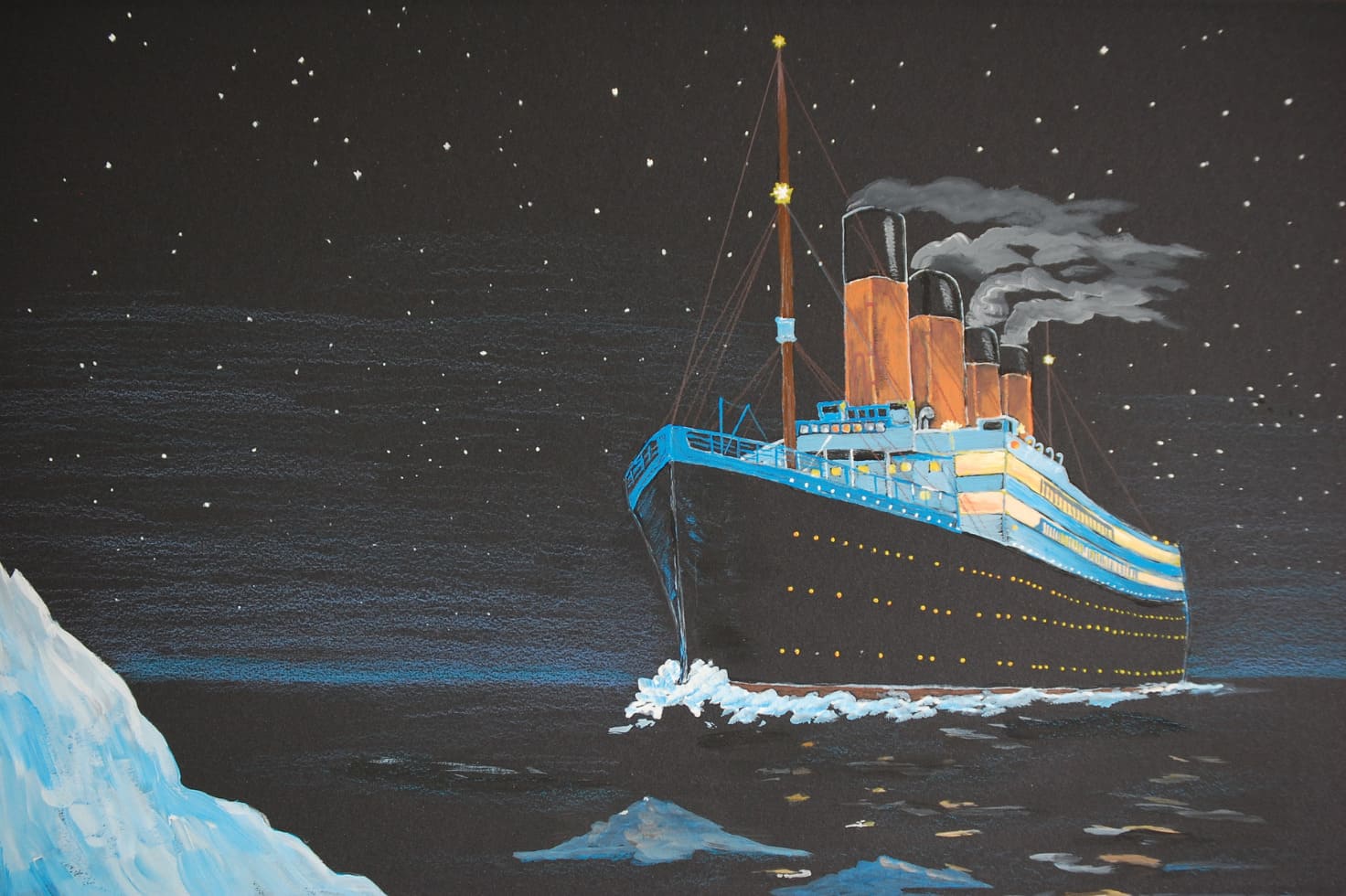The intersection of technology and art has sparked a revolution, transforming how art is created and shared. This article explores the profound impact of technology and innovation on the art world, highlighting key trends and developments shaping the future of artistic expression.
Digital Tools and Artistic Creation
Digital Art and Virtual Reality
Digital art has expanded artistic possibilities, allowing artists to create immersive experiences using virtual reality (VR) and augmented reality (AR). VR installations transport viewers into interactive virtual worlds, while AR overlays digital elements onto the physical environment, blurring the lines between reality and imagination.
Artificial Intelligence (AI) and Generative Art
AI algorithms are transforming the creative process, enabling artists to generate art autonomously or collaboratively with machines. Generative art algorithms can create intricate patterns, compositions and even entire artworks based on predefined rules or machine learning models, pushing the boundaries of creativity and innovation.
Access and Engagement
Online Platforms and Global Reach
The internet has democratized access to art, allowing artists to showcase their work globally through online platforms and social media. Artists can reach diverse audiences, bypassing traditional gatekeepers and fostering direct connections with collectors and art enthusiasts worldwide.
Digital Collections and NFTs
Non-fungible tokens (NFTs) have revolutionized the art market by tokenizing digital artworks and creating verifiable ownership records using blockchain technology. NFTs enable artists to monetize digital creations and offer collectors new ways to invest in and support emerging artistic talents.
Collaboration and Community
Virtual Collaboration and Co-Creation
Technology facilitates collaborative art projects across geographical boundaries, enabling artists to work together in real-time through digital platforms and collaborative tools. Virtual studios and online workshops foster creativity and cross-cultural exchanges among artists worldwide.
Artificial Intelligence in Curation and Analysis
AI-powered tools are transforming art curation, analysis, and conservation. AI algorithms analyze vast art databases to identify patterns, styles, and trends, assisting curators in organizing exhibitions and preserving cultural heritage with unprecedented accuracy and efficiency.
Preservation and Innovation
Digital Preservation and Conservation
Technology plays a crucial role in preserving and conserving artworks for future generations. Digital archives and conservation techniques, such as 3D scanning and digital restoration, ensure the longevity and accessibility of cultural artifacts in the face of time and environmental challenges.
Environmental Art and Sustainability
Innovative technologies are advancing sustainability in art practices. From eco-friendly materials and renewable energy installations to artworks addressing environmental issues, artists are leveraging technology to promote ecological awareness and inspire positive social change.
Technology and innovation continue to redefine the boundaries of artistic expression, accessibility, and sustainability in the modern art world. As artists use digital tools, AI algorithms and blockchain technology, they are creating new forms of art, engaging global audiences and shaping the cultural landscape of tomorrow.

